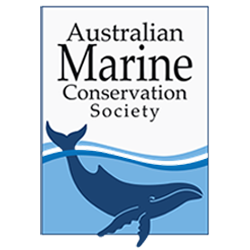Rhil
Posted by: Rhil
30th Jan 2012 02:48pm
Clint Marchant
- 19th Mar 2012 10:07pm
When I was living in Darwin I always rode wearing shoes jeans and a leather jacket and just got used to sweating like a pig but felt conifident in doing so but I would laugh when I would see guys wearing budgie smugglers and thongs imagine if they came off, a mate of mine thought he was real cool when he got a permit to ride a bike without a helmet he would cruise everywhere but one night on the way back from a party with a pillion on the back he went to negotiate a roundabout but forgot about the pillion he lost control and hit a power pole head first there were bo other injuries not even a scratch they put him back together with plates rods and screws he was "fixed" but never the same 13 years later he died from his injuries, be smart be safe as you are a mobile organ donor you must remember that you are a great rider but the brainless idiot in a car can take you out and even if you are in the right you always loose
Help Caféstudy members by responding to their questions, or ask your own in Café Chat, and you will get the chance of earning extra rewards. Caféstudy will match these and donate equally to our two chosen Australian charities.



